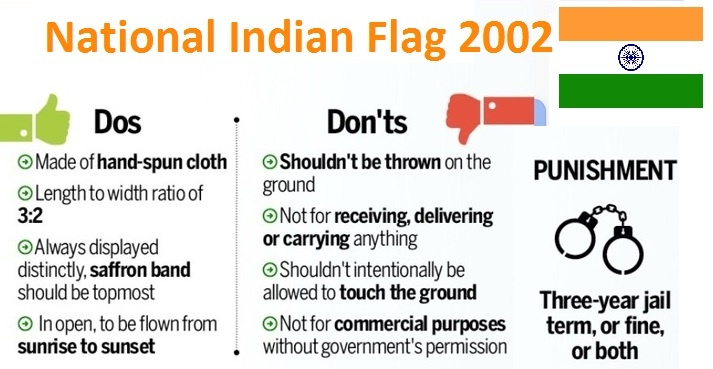Free Courses Sale ends Soon, Get It Now


Free Courses Sale ends Soon, Get It Now




Copyright infringement not intended
In News
Recent Developments
Concern
Flag Code of India 2002
https://indianexpress.com/article/explained/india-flag-code-amendment-explained-8028772/











© 2024 iasgyan. All right reserved